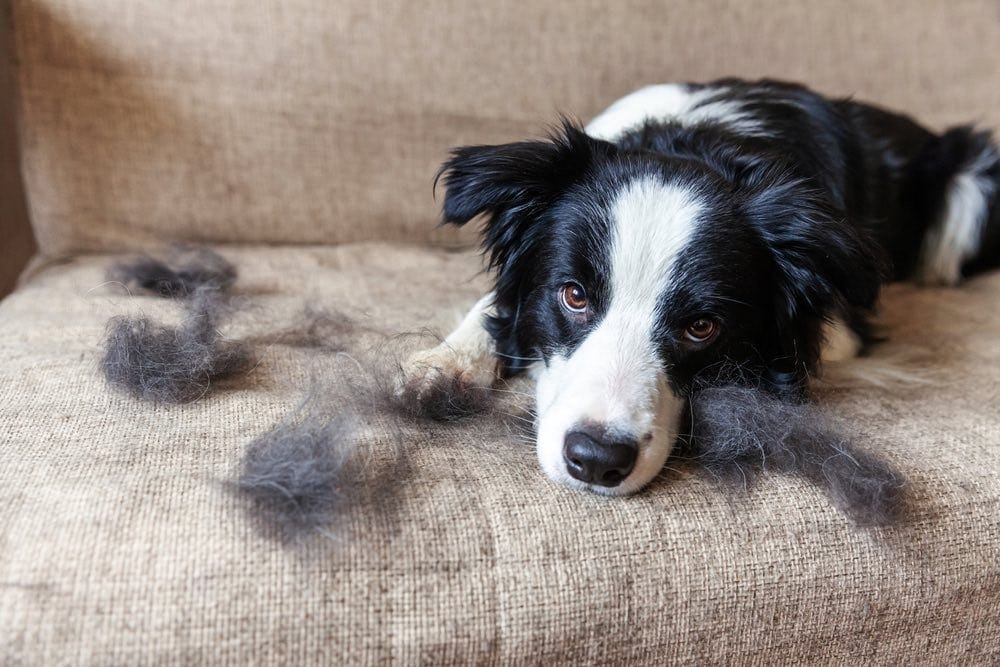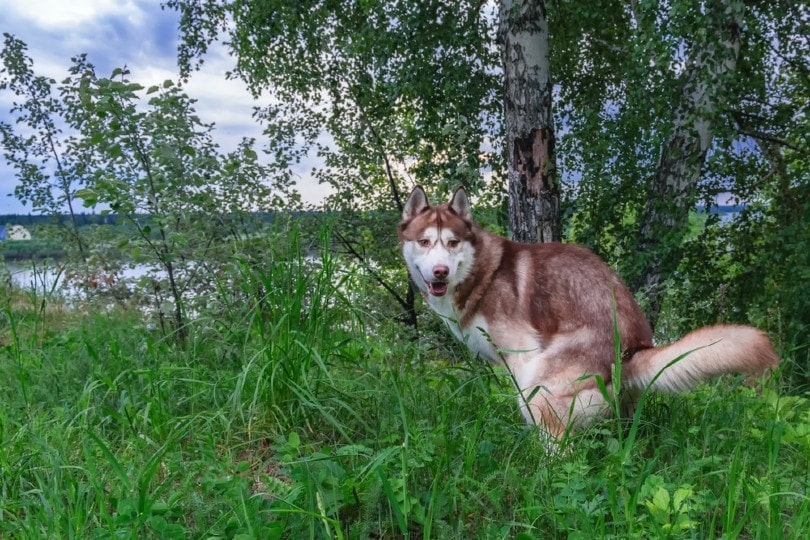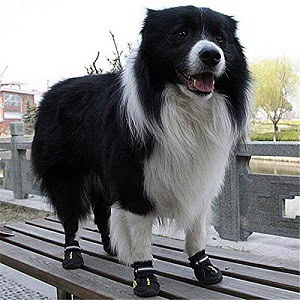How to Safely Leave Your Dog Home Alone: 7 Vet Approved Tips
Updated on
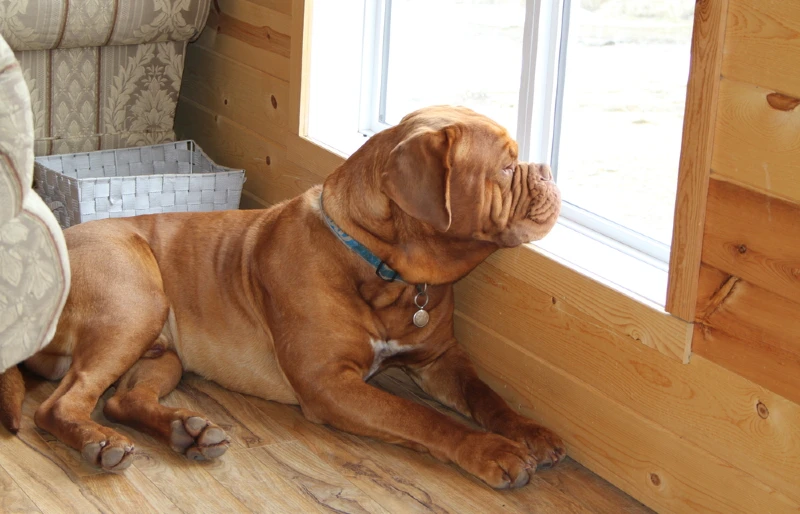
Some vacations, like going on a camping trip or staying at a dog-friendly hotel, means you can bring your pup along with you. But in everyday life, you might need to leave your dog at home for a few hours while you’re at work or school. Also, if you’re going to be gone for multiple days, you will need someone to care for your pet. This may mean leaving your dog at home alone with multiple check-ins from a caregiver throughout the day for feeding, exercise, and potty breaks.
Here are important tips for making sure your dog stays safe and happy while you’re away from home and cannot be there to care for them yourself.
Top 7 Tips on How to Safely Leave Your Dog Home Alone
1. Prepare Your Home
The first thing to do before leaving your pup at home alone is to prepare your home to ensure that they will be safe while unsupervised. Completely empty all the garbage cans, close the bathroom and bedroom doors, and make sure everything from clothes and shoes to toys and books is picked up off the ground.
Make sure all electrical cords are unplugged and wrapped up. Take packaged food and fruit off your counters, and store them in a pantry or locked cupboard. Ensure that the fire alarm works, and if you haven’t already, subscribe to a smart fire detection system that will alert the fire department, police, and yourself in real-time if a fire is detected while you’re away.
2. Create a Care and Emergency Checklist

You’ll need to recruit help from humans to care for your dog while you’re away. But first, it’s a good idea to create a care and emergency checklist so anyone helping care for your pet can be prepared for all possible scenarios. Start by documenting your contact information, as well as that of your regular veterinarian and the closest emergency clinic.
- A feeding schedule and instructions on how to properly store the food
- A walking schedule and instructions on how to secure your dog before leaving the house
- Instructions on what lights to leave on at nighttime
- Information on where to find extra blankets, toys, and medication if they become needed
- Whom to call and what to do in case of an emergency (outline the ones that you think would be most likely)
Keep the checklist on a table or counter for a few days before you leave so you can add to it when you think of new scenarios and essentials, to ensure that nothing important gets overlooked.
3. Make Extra Supplies Available
Before leaving, make extra supplies available. You never know what might be needed! Buy an extra blanket, food, treats, medications, and even leashes just in case something gets lost or ruined. Leave behind cash in case the caregiver needs to pick up something, thus ensuring that your pup will be well taken care of until you return.
4. Hire a Pet Sitter

One of the best ways to make sure your dog is safe and happy while you’re away from home is to hire a pet sitter. They can handle all the specific needs that your dog has, such as getting outside for exercise and bathroom breaks, being fed regularly each day, always having access to clean water, and receiving the attention and interaction that they need for mental stability. The sitter can stay at your home all day or visit a couple of times to manage all their duties. The sitter’s schedule can be tailored to your dog’s specific and unique care and companionship requirements.
5. Get Your Neighbors Involved
Whether you decide to hire a pet sitter or not, you should get neighbors involved, especially if your dog is familiar with them. Any neighbor who knows your dog’s schedule and temperament can be a big help. They can visit your pup once a day to provide companionship and a sense of stability or take on a few of the pet-sitting tasks that must get done while you’re away. Any kind of help that they can and are willing to provide can save you money on pet-sitting services and give your pup the comfort of having familiar people around.
6. Schedule Daycare Time
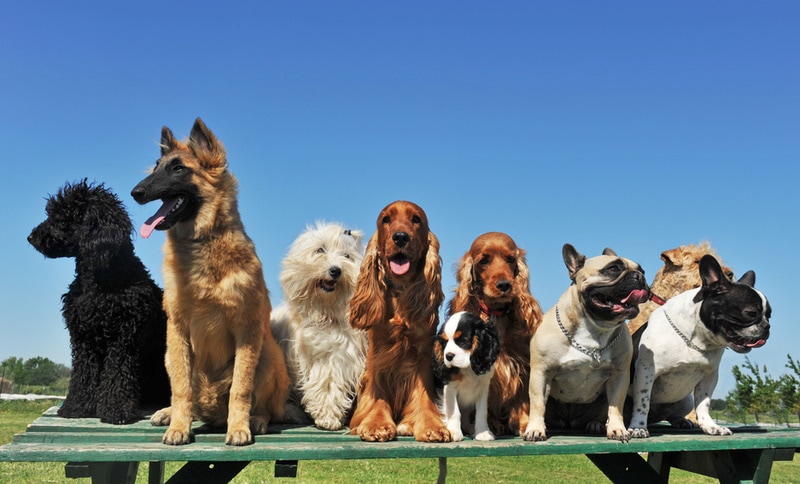
To make sure your dog is getting the exercise, mental stimulation, and socialization that they need to maintain a positive frame of mind and happiness while you’re away, consider scheduling daycare time for them. It can be expensive to have them in daycare the entire time you’re away, but if you can get a pet sitter, neighbor, or family member to provide safe transportation, they can get your pet to a daycare center per your schedule. Daycare offers the opportunity to socialize with other dogs while getting the professional guidance and care that they need.
7. Check In Every Day
It’s extremely important to check in with your dog’s caretaker when you are away from home, even if you know that they are safe, happy, and in good hands. Doing so will ensure that you maintain peace of mind so you can enjoy your time away without feeling guilty. A quick daily phone call will also provide your dog’s caretakers with the support that they need and give them an opportunity to ask questions without feeling like they’re interrupting your time away from home.
In Conclusion
Leaving your dog alone for an extended period of time can be stressful and concerning, but with proper preparation and by making sure reliable care is in place, you can rest assured that your pup will be there, safe and eager to greet you, upon your return.
- See Also: Best Pet Cameras: Reviews & Top Picks
Featured Image Credit: Karen Laventure, Shutterstock



